Humayun’s Tomb
A revolutionary design that inspired the Taj Mahal
In the heart of Delhi, Humayun’s Tomb holds a special place as India’s first garden-tomb. Built between 1565-72 AD, this remarkable piece of Mughal architecture was commissioned by Hamida Banu Begum, Emperor Humayun’s grieving widow.
The structure became the inspiration for many architectural marvels that followed, including the famous Taj Mahal. This innovative design marked the beginning of a new era in Islamic architecture, combining Persian elegance with Indian craftsmanship.
The architectural marvel
Humayun’s Tomb showcases an impressive blend of Persian and Indian architectural styles. The mausoleum rests on a massive platform spanning 12,000 square metres and reaches a height of 47 metres. The structure features the first extensive use of red sandstone and white marble in Indian architecture, setting a trend for future Mughal buildings. The exterior walls display intricate geometric patterns and delicate inlay work, demonstrating the exceptional skill of medieval craftsmen.
The double dome, rising 42.5 metres high, represents a significant architectural innovation of its time. Persian craftsmen, working alongside Indian artisans, created this masterpiece, incorporating elements that would define Mughal architecture for centuries to come. The small canopies adorning the terrace originally featured glazed blue tiles, while a 6-metre-high brass finial crowns the white marble dome. The interior chambers feature intricate Islamic calligraphy and geometric patterns, creating a mesmerising display of artistry.
The mausoleum follows an irregular octagonal plan with four long sides and chamfered edges. The central chamber houses the main tomb, while numerous smaller chambers contain the graves of other Mughal family members. The building’s symmetry and proportion demonstrate the advanced mathematical and architectural knowledge of its creators.
The garden complex
The garden-tomb introduces the concept of the charbagh to India – a four-quadrant garden design representing paradise as described in the Quran. Each section contains water channels that not only enhance the aesthetic appeal but also serve practical purposes. The garden’s geometric layout creates perfect symmetry, with pathways dividing the space into equal parts. Traditional Persian elements blend seamlessly with local landscaping techniques, creating a unique garden style that became characteristic of Mughal architecture.
The complex spans over 27 hectares and includes several other structures predating Humayun’s Tomb. The Nila Gumbad, Isa Khan’s garden tomb, and the Arab Serai all contribute to the rich architectural tapestry of the site. Each building tells its own story, creating a layered historical narrative that spans several centuries of Indian history.
Historical significance and preservation
Known as the ‘Dormitory of the Mughals’, the tomb complex houses over 150 family members of the dynasty. Its location near the shrine of Sufi Saint Hazrat Nizamuddin Auliya has made it a significant centre of cultural and historical importance. The tomb complex represents the pinnacle of Indo-Islamic architecture, showcasing the harmonious blend of two distinct cultural traditions.
Recent conservation efforts have focused on preserving the original character of Humayun’s Tomb. Traditional materials and techniques, such as lime mortar and historical building methods, are being used to maintain the structure’s authenticity. The Archaeological Survey of India, in partnership with the Aga Khan Trust for Culture, has undertaken extensive restoration work to ensure this magnificent monument endures for future generations.
The tomb complex continues to influence contemporary architecture and serves as a research centre for historians and architects studying Mughal building techniques. The restoration process has also helped revive traditional craftsmanship, ensuring these ancient skills are not lost to time.
Summary
Humayun’s Tomb represents a pivotal moment in Indian architectural history. Its innovative design elements, including the charbagh layout and the extensive use of red sandstone and marble, established new standards in Mughal architecture.
The tomb complex continues to be a symbol of India’s rich cultural heritage and the magnificent architectural legacy of the Mughal era. Through careful preservation and ongoing research, this extraordinary monument maintains its position as one of the most significant examples of Indo-Islamic architecture in the world.
- Be prepared to have your breath taken away at Humayun’s Tomb

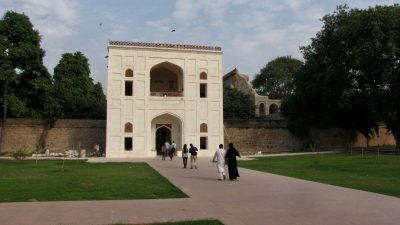
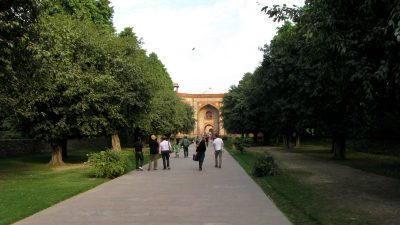
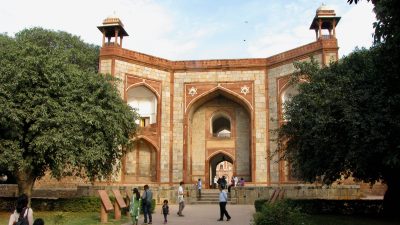
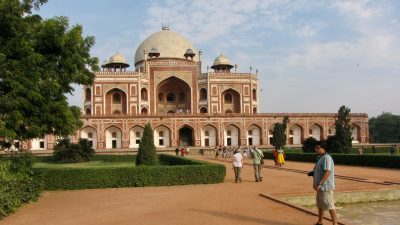
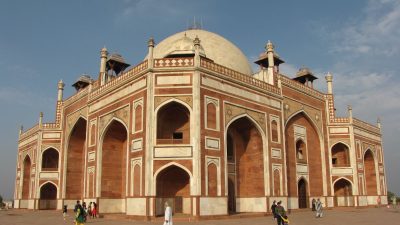
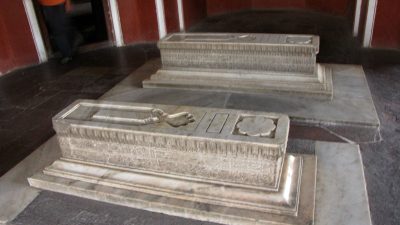
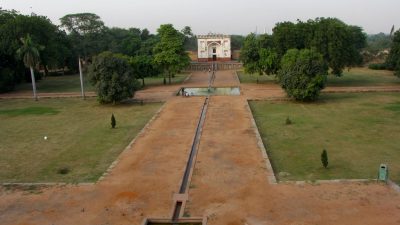

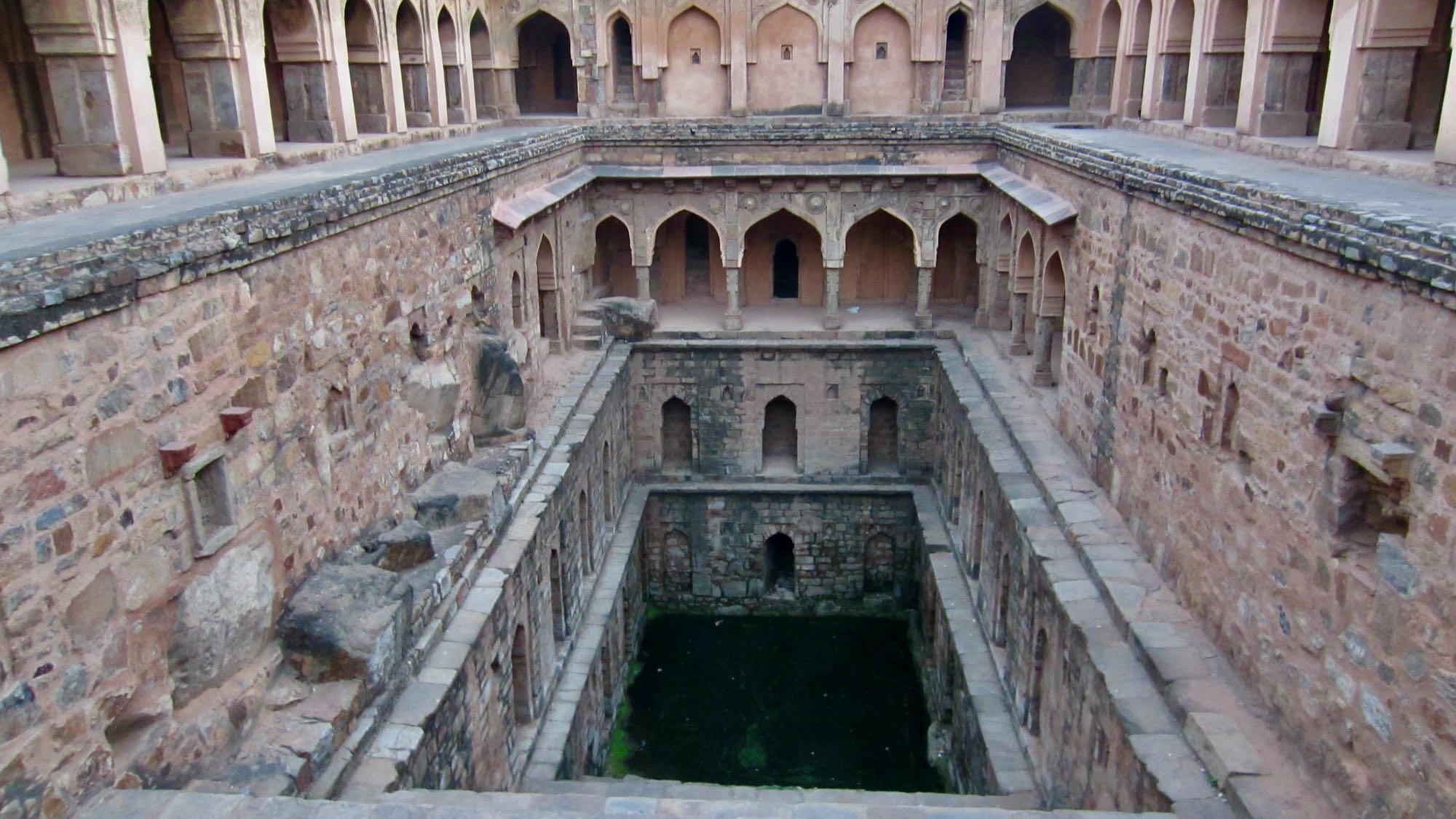


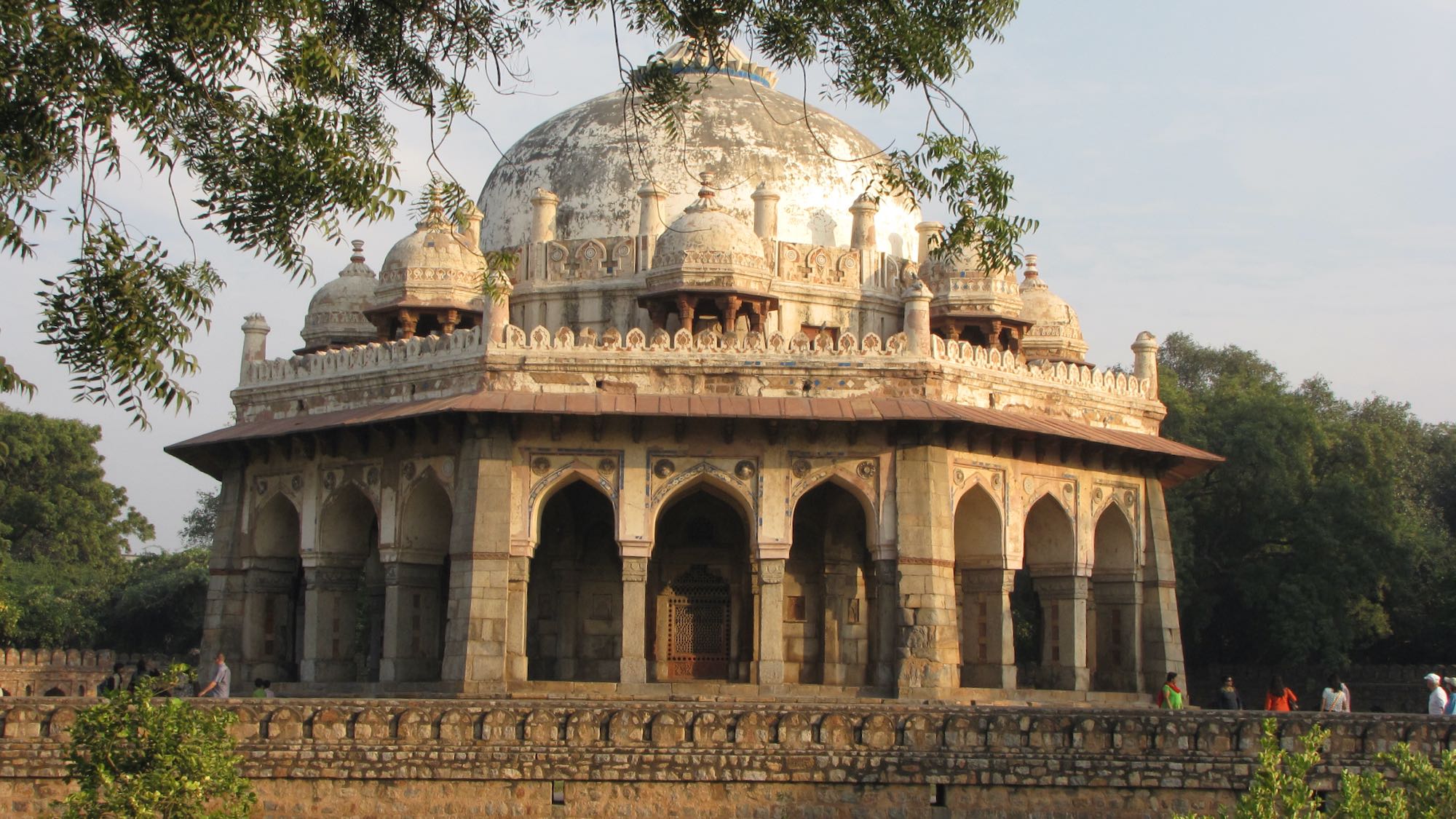
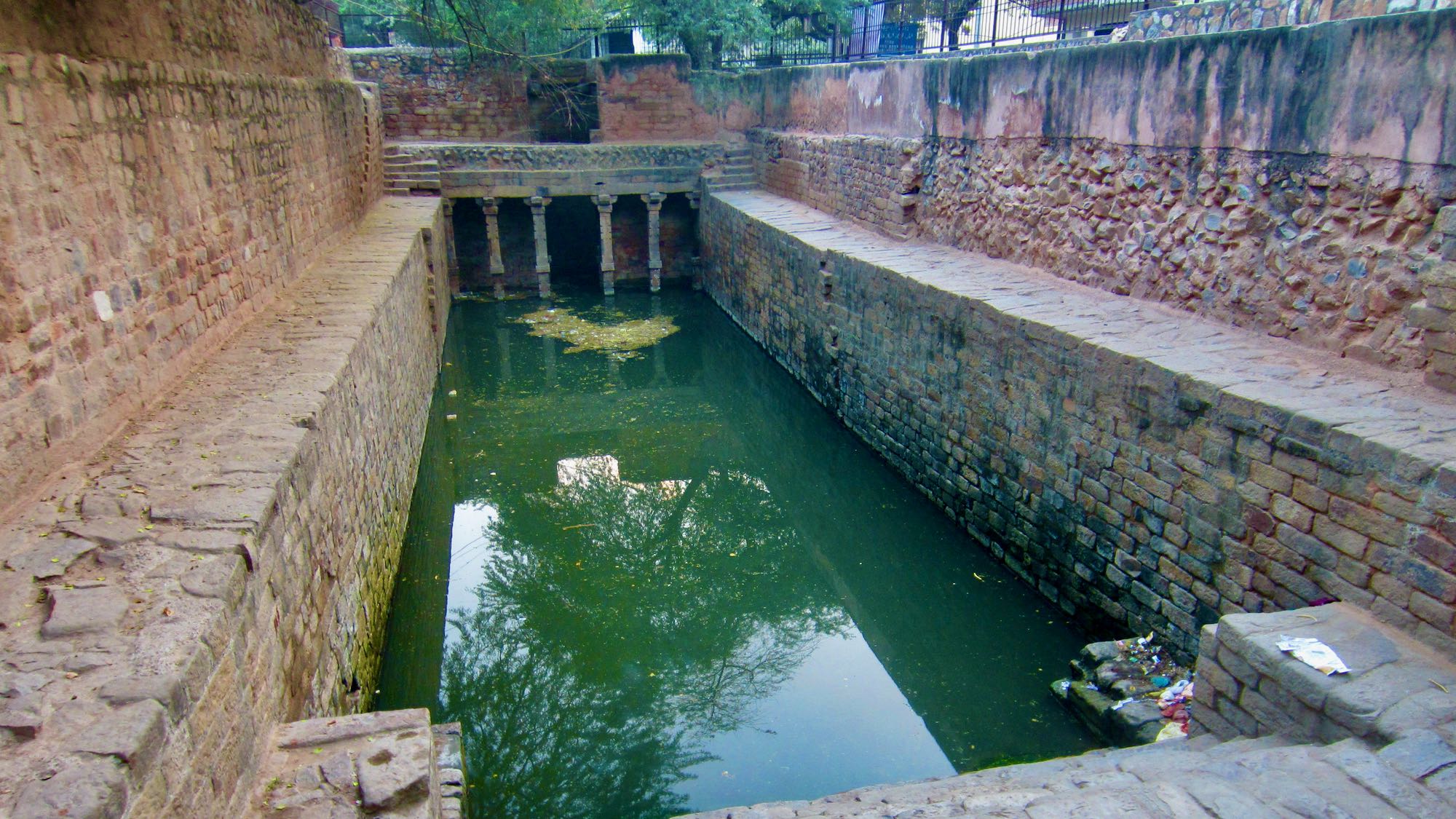
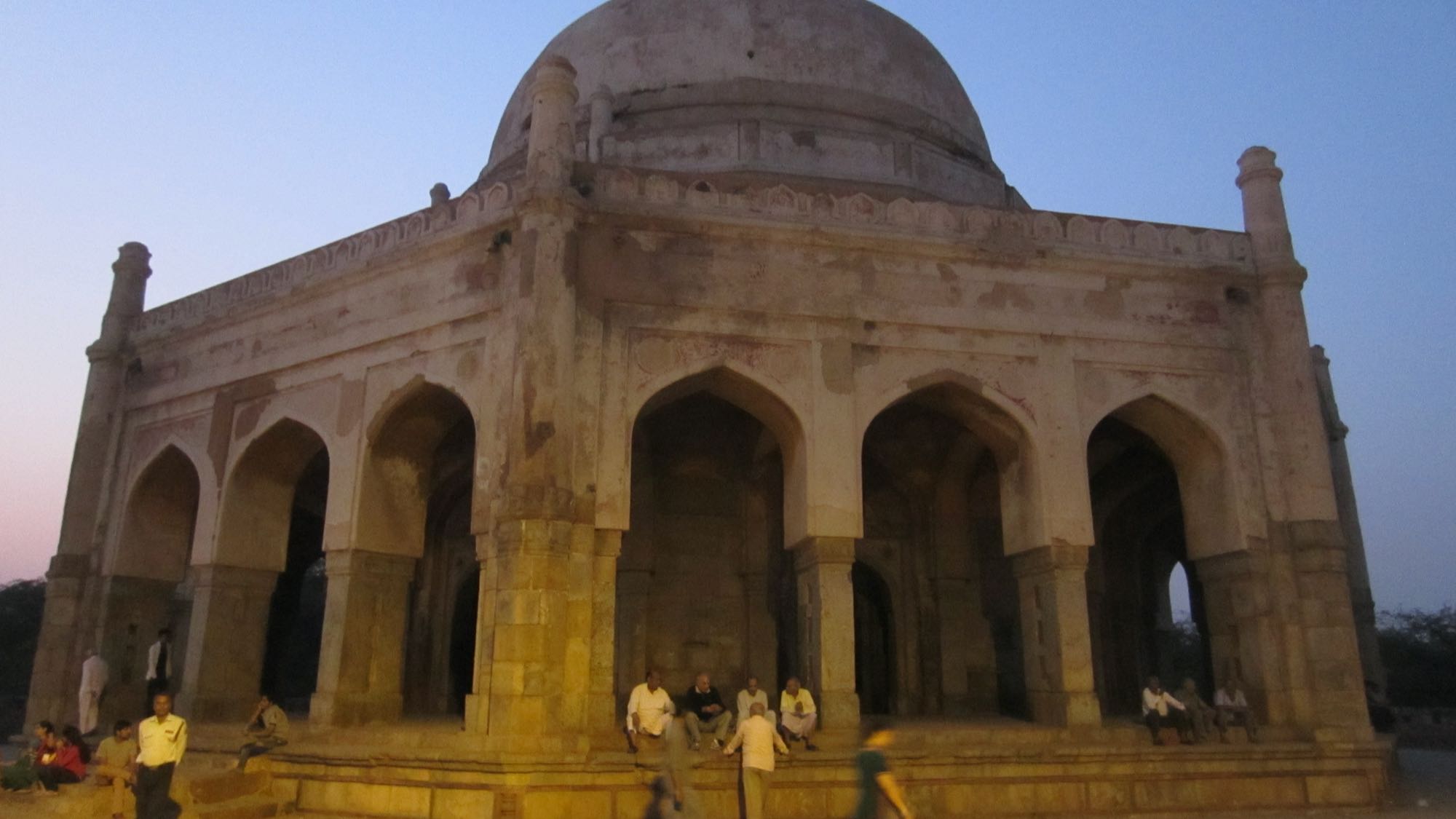

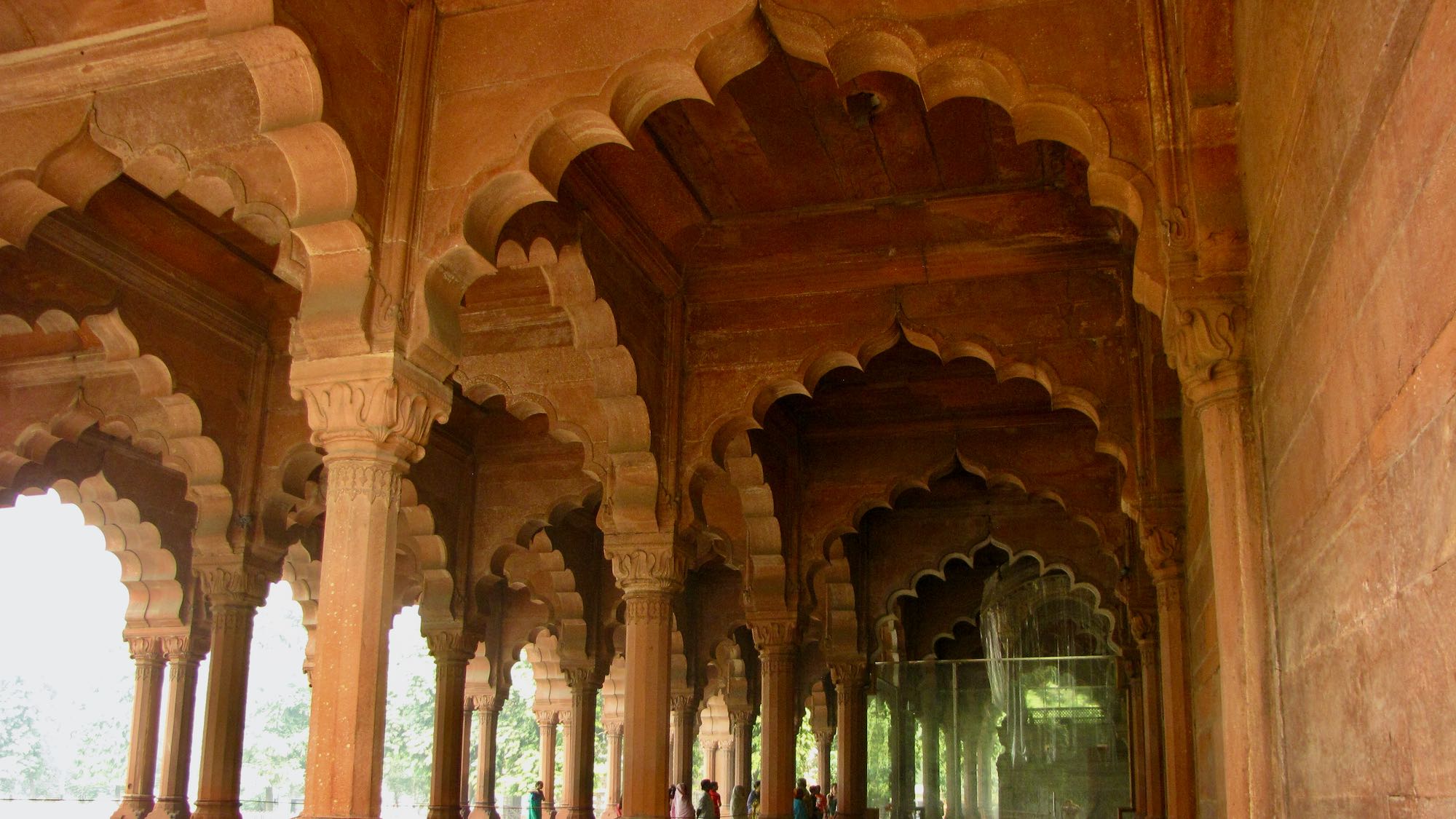


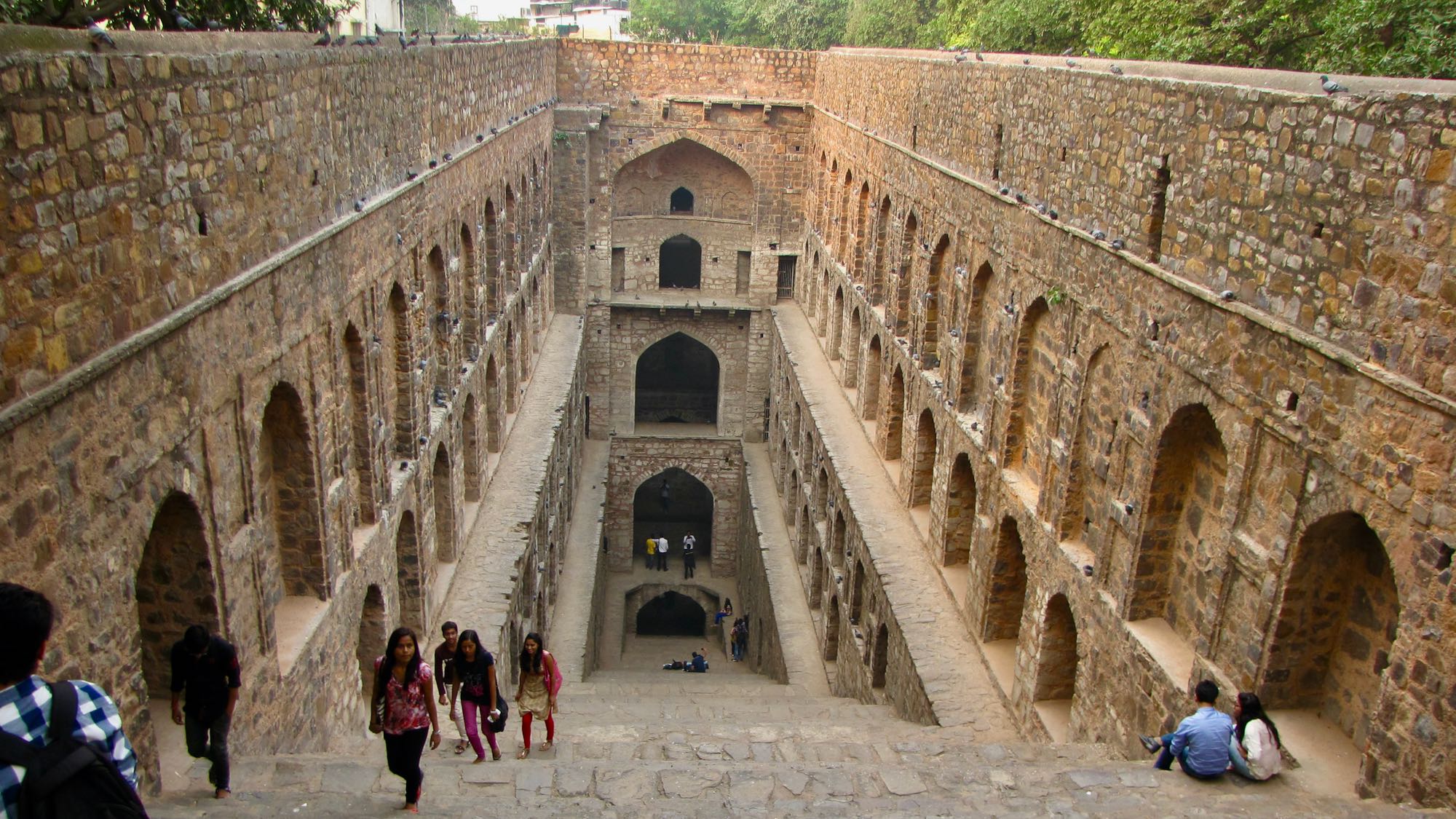
Leave A Comment